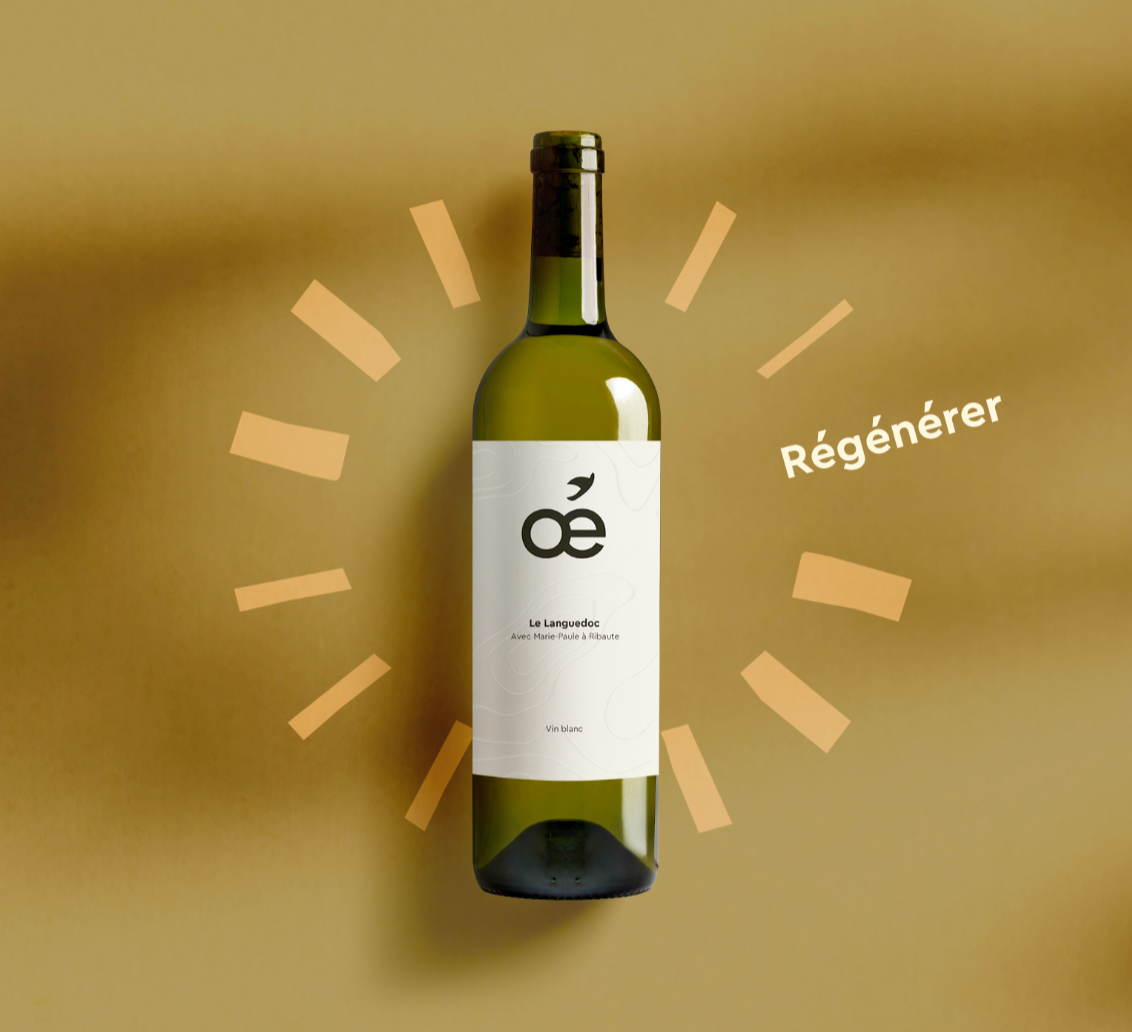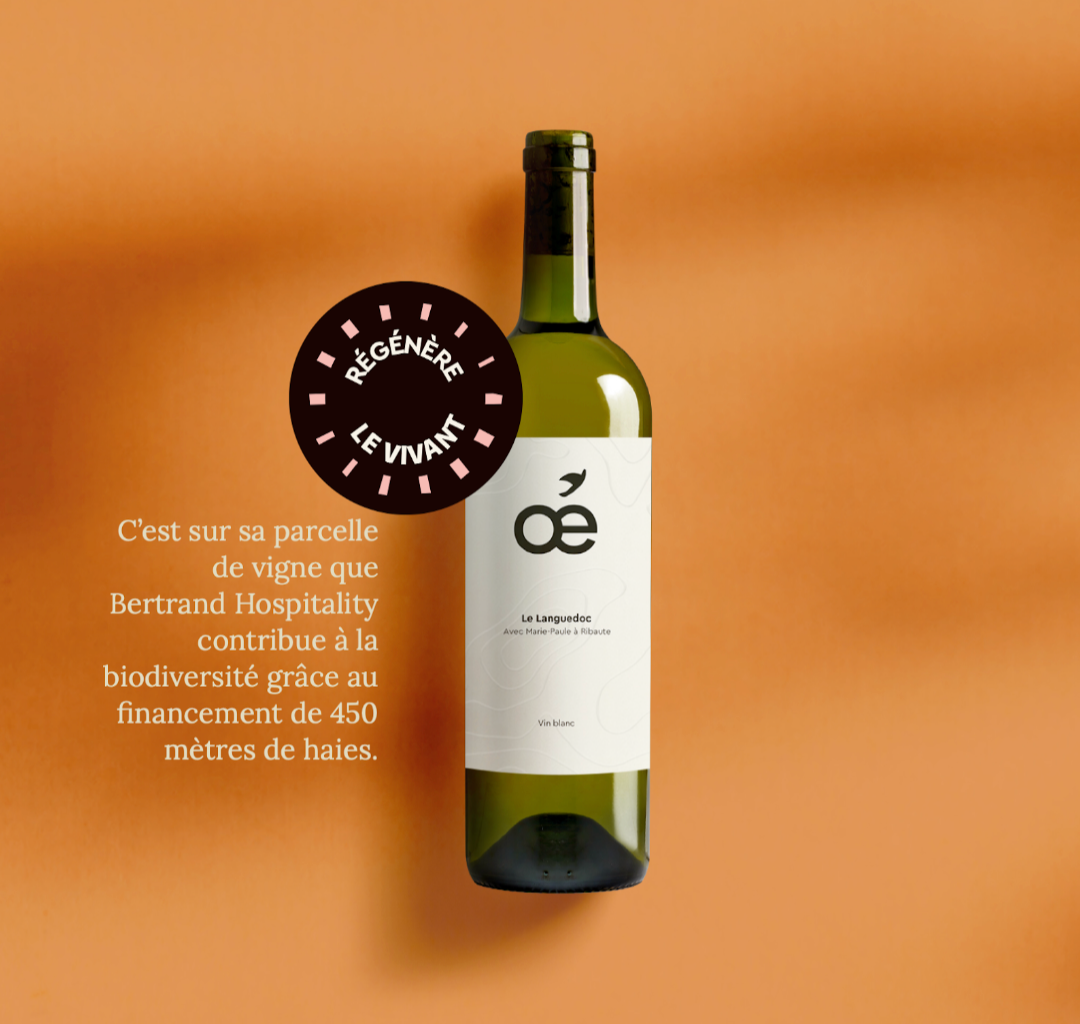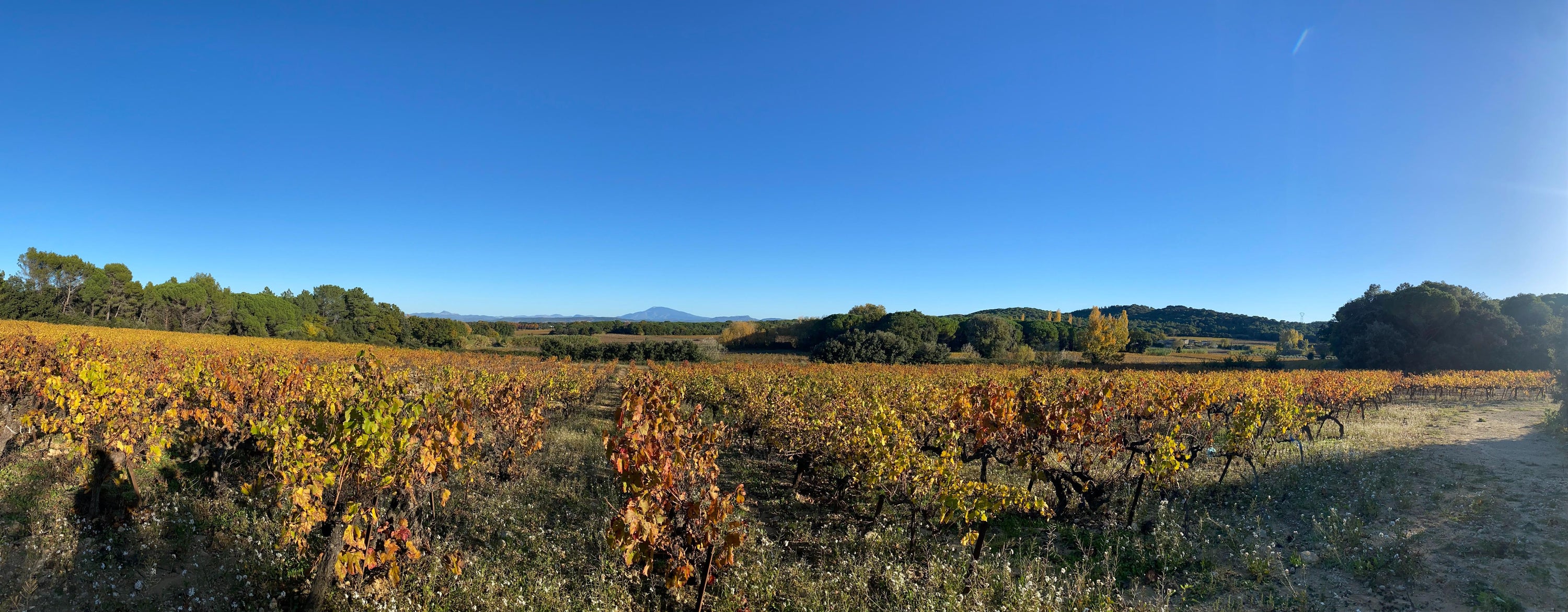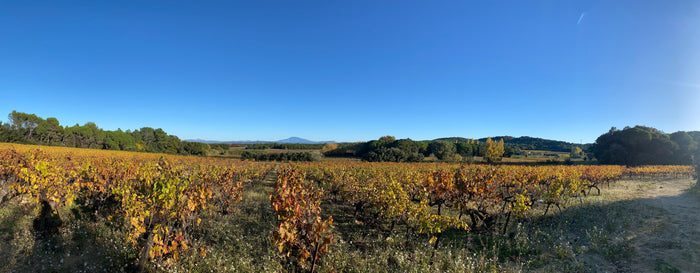
Limiter nos impacts négatifs et régénérer
Oé cherche en permanence comment limiter les impacts négatifs de la filière : réemploi des bouteilles, démarche zéro-déchet, choix de l’agriculture biologique, modèle d’entreprise réinventé, transport bas-carbone…
Et face aux dépassements de nos limites planétaires, cela ne suffit plus. C’est pour cela qu’on contribue à restaurer les conditions du vivant et renouveler les ressources naturelles. On dépend de ces écosystèmes, on se doit de les protéger, les préserver et les restaurer.


in detail
73% des populations sauvages
ont disparu en 50 ans
75% des terres
sont dégradées
50% du PIB mondial
dépend de la nature
72% des entreprises européennes
sont dépendantes de la biodiversité

La vigne bio-agroécologique pour régénérer le vivant
Victime, responsable et solution, l’agriculture est tout à la fois face au changement climatique et à l'effondrement de la biodiversité. Notre mission est de transformer l’agriculture et de soutenir une viticulture bio-régénérative pour produire de manière durable, préserver le vivant et rendre des services écosystémiques dont nous, entreprises et citoyens, profitons gratuitement. Cette viticulture allie production agricole et reproduction des ressources naturelles, elle lie l’agronomie et l’écologie et vise à séquestrer du carbone, restaurer la biodiversité et régénérer le cycle de l’eau pour répondre aux défis climatiques et environnementaux actuels. Elle répond aux défis sociaux rencontrés par les agriculteurs : renouvellement des générations, valorisation du métier, répartition de la valeur, connexion au grand public, etc.

Vous engager à nos côtés
Vous financez une partie des actions de régénération que nous menons sur plusieurs années.
On vous fournit des éléments de communication (bouteilles, visuels, prises de parole) et des indicateurs de reporting (CSRD), permettant d'embarquer plus largement vos parties prenantes (collaborateurs, clients, prospects).
Cette histoire commence au Domaine Oé de la Chapelle Saint-Pierre
C’est sur nos 6 hectares en vallée du Rhône que nous lançons nos premières actions de transition bio-agroécologique de la vigne.
Situé entre Mondragon (Vaucluse) et Rochegude (Drôme), le domaine - qui tire son nom de la chapelle en lisière d’une de ses parcelles - offre une vue magnifique sur le mont Ventoux et une halte bienvenue aux randonneurs du GR® 4.
Vous embarquez avec nous dans ce projet de restauration du vivant ?


